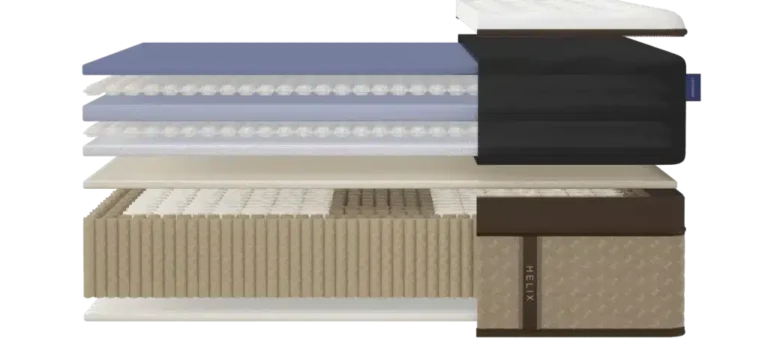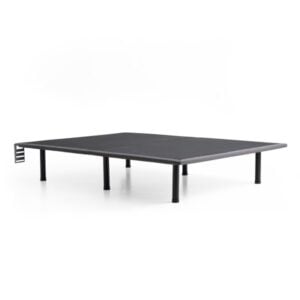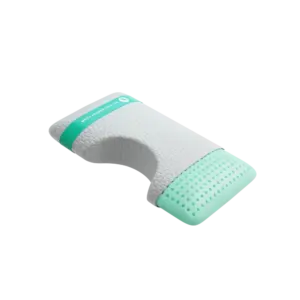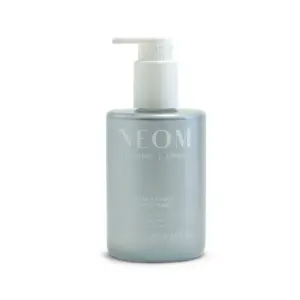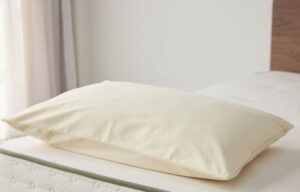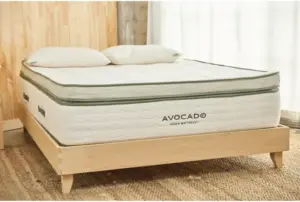A Practical Guide to Comparing Nectar vs. Tempurpedic Mattresses
When it comes to selecting the perfect mattress, the choice between
Key Differences Between Nectar and Tempurpedic Mattresses
Understanding the core differences between
Price Comparison
Price is often the first factor consumers consider.
Price Comparison Summary:
| Size |
|—————-|————–|———————|
| Twin | $599 | $1,949 |
| Twin XL | $769 | $1,949 |
| Full | $899 | $2,299 |
| Queen | $999 | $2,449 |
| King | $1,299 | $3,149 |
| California King| $1,299 | $3,149 |
Firmness and Feel
Firmness is subjective and can depend on various factors, including body type and sleeping position. Generally,
Key Takeaway: Both mattresses excel in motion isolation, making them suitable for couples.
Construction and Materials
The construction of a mattress plays a vital role in its performance.
– Nectar Layers:
1. Cooling cover
2. Gel memory foam
3. Adaptive hi-core memory foam
4. Base support foam
– Tempur-Adapt Layers:
1. Cool-to-touch cover
2. TEMPUR-ES comfort layer
3. Original TEMPUR support layer
Nectar utilizes multiple foam layers, including a cooling gel memory foam layer, designed for temperature regulation. Tempur-Adapt prides itself on its proprietary TEMPUR material, known for exceptional pressure relief.
Delivery and Setup
Nectar mattresses arrive compressed in a box and typically require a few days to fully decompress. Shipping is free. Conversely, Tempurpedic provides a white glove delivery service, setting up the mattress in your home and removing your old one at no extra charge. This premium service can be particularly beneficial for heavier mattresses.
Warranty and Trial Period
Understanding warranty and trial periods is crucial when investing in a mattress.
Performance Comparison
Cooling Abilities
When it comes to temperature regulation, both brands have unique features.
Motion Isolation
Good motion isolation is essential, especially for couples.
Edge Support
Edge support varies significantly between the two brands.
Pressure Relief
For adequate pressure relief, both mattresses provide commendable support.
Best Mattress for Different Sleepers
Selecting the right mattress often depends on individual sleeping positions and body types. Let’s delve into how
Side Sleepers
– Nectar: Offers incredible pressure relief for shoulders and hips, making it an excellent choice for side sleepers.
– Tempur-Adapt: Also suitable for side sleepers, providing targeted support, although it may initially feel firmer.
Back Sleepers
– Nectar: Provides the right combination of support and comfort, ensuring proper lumbar alignment.
– Tempur-Adapt: Adapts to body shape, offering consistent support for spinal alignment.
Stomach Sleepers
– Nectar: Might be too soft for stomach sleepers, causing potential hip sinking.
– Tempur-Adapt: Similar issues may arise, though heavier stomach sleepers may find it more supportive.
Heavy Sleepers
– Nectar: Weight could lead to excessive sinking, impacting comfort.
– Tempur-Adapt: More robust support for heavier individuals, particularly those between 230 and 300 lb.
Light Sleepers
– Nectar: Begins somewhat firm but softens with use, suitable for all sleeping positions.
– Tempur-Adapt: Initially feels firmer but also offers excellent long-term support and pressure relief.
Conclusion
Choosing between
Tempurpedic, with its premium pricing, excels in luxury, durability, and provides a range of firmness options. It’s perfect for those willing to invest in a high-quality mattress that lasts.
Final Recommendation:
– For Budget-Conscious Shoppers: Opt for
– For Luxury Seekers: Choose Tempurpedic for enhanced durability and advanced materials.
Make the most of the generous trial periods offered by both brands to discover the perfect fit for your sleep needs.

